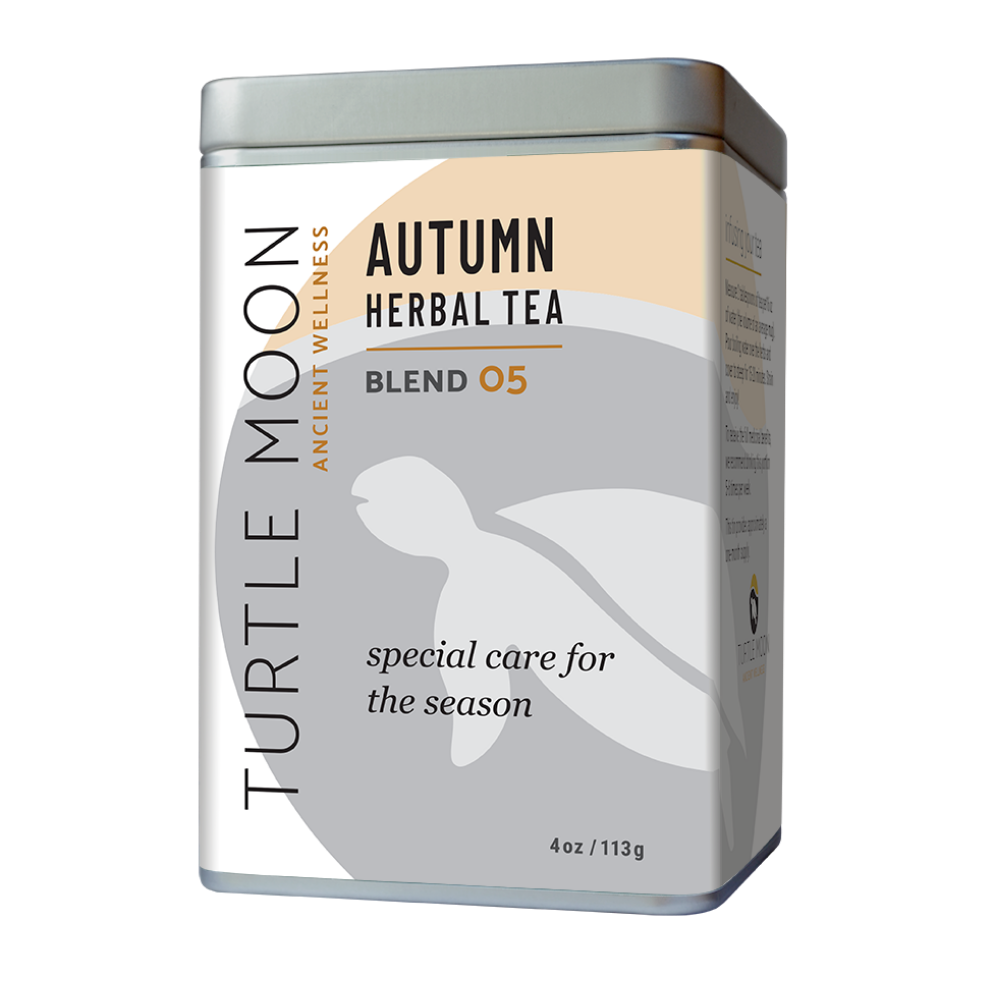Dandelions (Taraxacum Officinale) are well-adapted to a modern world of "disturbed habitats," such as lawns and sunny, open places. They were even introduced into the Midwest from Europe to provide food for the imported honeybees in early spring. They now grow virtually worldwide. Dandelions spread further, are more difficult to exterminate, and grow under more adverse circumstances than most competitors.
Most gardeners detest them, but the more you try to weed them up, the faster they grow.The taproot is deep, twisted, and brittle. Unless you remove it completely, it will regenerate. If you break off more pieces than you unearth, the dandelion wins. "What's a dandelion digger for?" a dandelion asked. "It's a human invention to help us reproduce," another dandelion replied.
Collect dandelion leaves in early spring, when they're the tastiest, before the flowers appear. Harvest again in late fall. After a frost, their protective bitterness disappears. Dandelions growing in rich, moist soil, with the broadest leaves and largest roots, are the best. Select the youngest individuals, and avoid all plants with flowers.
Dandelion greens are wonderful in salads, sautéed or steamed. They taste like chicory and endive, with an intense heartiness overlying a bitter tinge.
You can also eat dandelion flowers, or use them to make wine. Collect them in a sunny meadow, just before mid-spring, when the most flowers bloom. Some continue to flower right into the fall. Use only the flower's yellow parts. The green sepals at the flower's base are bitter.
The flowers add color, texture, and an unusual bittersweet flavor to salads. You can also sauté them, dip them in batter and fry them into fritters, or steam them with other vegetables. They have a meaty texture that contrasts with other lighter vegetables in a stir-fry dish or a casserole.

The taproot is edible all year, but is best from late fall to early spring. Use it as a cooked vegetable, especially in soups.
The leaves are more nutritious than anything you can buy. They're higher in beta-carotene than carrots. The iron and calcium content is phenomenal, greater than spinach. You also get vitamins B-1, B-2, B-5, B-6, B-12, C, E, P, and D, biotin, inositol, potassium, phosphorus, magnesium, and zinc by using a tasty, free vegetable that grows on virtually every lawn. The root contains the sugar inulin, plus many medicinal substances.
Dandelion root is one of the safest and most popular herbal remedies. The specific name, officinale, means that It's used medicinally. The decoction is a traditional tonic. Itís supposed to strengthen the entire body, especially the liver and gallbladder, where it promotes the flow of bile, reduces inflammation of the bile duct, and helps get rid of gall stones. This is due to its taraxacin. Itís good for chronic hepatitis, it reduces liver swelling and jaundice, and it helps indigestion caused by insufficient bile. Don't use it with irritable stomach or bowel, or if you have an acute inflammation.
The modern French name for this plant is pissenlit (piss-a-bed) because the root and leaf tea act on the kidneys as a gentle diuretic, improving the way they cleanse the blood and recycle nutrients. Unlike pharmaceuticals diuretics, this doesn't leach potassium, a vital mineral, from the body. Improved general health and clear skin result from improved kidney function. Dandelions are also good for the bladder, spleen, pancreas, stomach and intestines. It's recommended for stressed-out, internally sluggish, and sedentary people. Anyone who's a victim of excessive fat, white flour, and concentrated sweeteners could benefit from a daily cup of dandelion tea. From this information it is obvious why we use it in Turtle Moon's Restorative Herbal Tea Blend!
Source: Wildman Steve Brill

